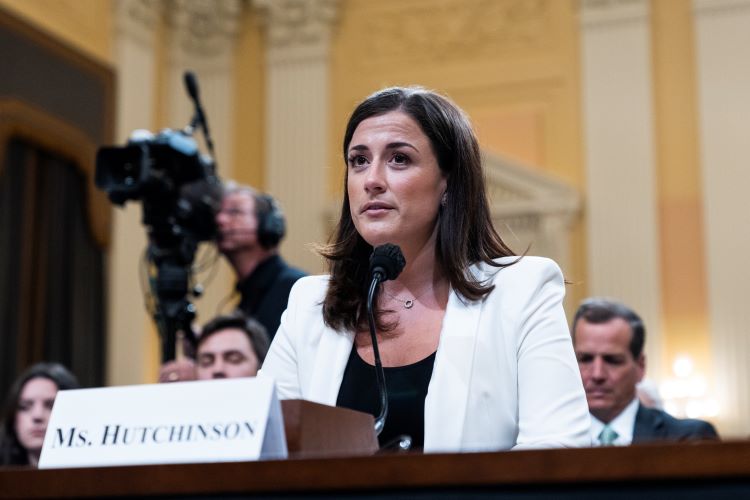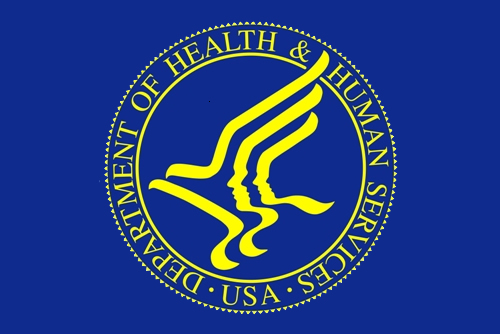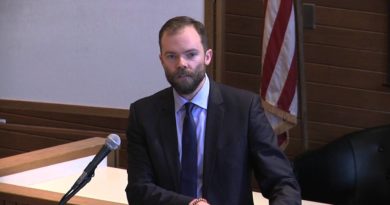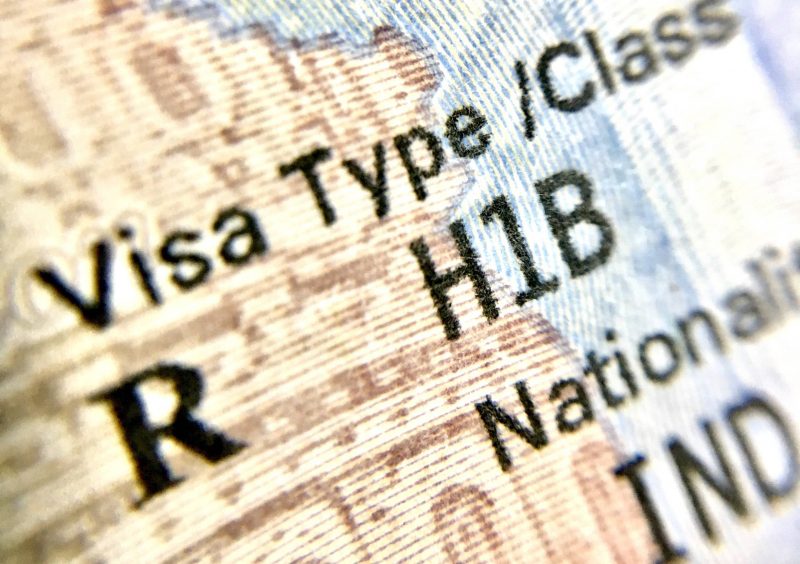What’s Going on With Title 42?
The fate of CDC orders directing the expulsion of illegal migrants at the border, issued pursuant to Title 42 of the U.S. Code in response to the Covid-19 pandemic, has been uncertain for a while, but what little certainty there had been — that Title 42 would remain in place at least until the Supreme Court heard arguments on March 1 — is gone, with the justices cancelling that hearing on February 16. So, what’s going on with Title 42?
A Truncated History of Title 42. CDC issued the first of those Title 42 orders on March 20, 2020, nine days after the World Health Organization declared a global Covid-19 pandemic.
Two weeks after he took office, in February 2021, Biden called for a review of Title 42, but left those CDC orders in place — subject to amendments and modifications — until April 1, 2022, when the White House announced that it would be ending Title 42 on May 23, 2022.
That prompted a group of state plaintiffs to file suit in federal district court in Louisiana (Louisiana v. CDC), seeking to continue the policy and asserting that the CDC cancelled it without their input. On May 20, the judge hearing that case, Robert Summerhays, enjoined the administration from ending Title 42.
The administration immediately filed an appeal with the Fifth Circuit, but complied with Judge Summerhays’ order (although less effectively than it previously had) pending a decision.
On November 15, however, a different district court judge, Emmet Sullivan of the U.S. District Court for the District of Columbia, in a separate case (Huisha-Huisha v. Mayorkas) issued a separate order enjoining the enforcement of Title 42 and vacating the policy in its entirety.
Judge Sullivan wanted that order to go into effect immediately but quickly acceded to a DOJ request to end Title 42 on December 21.
The state plaintiffs in Louisiana attempted to intervene in Huisha-Huisha to protect their rights, but the U.S. Court of Appeals for the District of Columbia (D.C. Circuit) denied their request to do so on December 16.
That sent the states to the Supreme Court, where they filed an emergency application for a stay pending certiorari (Supreme Court review) of Judge Sullivan’s order with Chief Justice Roberts, the “circuit justice” for D.C. Circuit cases, on December 19, in a matter now captioned Arizona v. Mayorkas.
They alleged the Biden administration was colluding with the plaintiffs in Huisha-Huisha “to recreate” the April 1 order ending Title 42 that was enjoined by Judge Summerhays in Louisiana.
The chief justice granted the request for a stay that day, and directed the federal government to file its response by close of business the next day.
On December 20, DOJ filed its opposition to the states’ application with the Supreme Court, denying it had colluded with the plaintiffs in Huisha-Huisha while “recogniz[ing] that the end of the Title 42 orders will likely lead to disruption and a temporary increase in unlawful border crossings”.
The full Supreme Court granted the states’ application for certiorari on December 27, with four justices (Kagan, Sotomayor, Gorsuch, and Jackson) dissenting. As Justice Gorsuch, writing for himself and Justice Jackson, explained:
The States contend that they face an immigration crisis at the border and policymakers have failed to agree on adequate measures to address it. The only means left to mitigate the crisis, the States suggest, is an order from this Court directing the federal government to continue its COVID-era Title 42 policies as long as possible — at the very least during the pendency of our review.
…
But the current border crisis is not a COVID crisis. And courts should not be in the business of perpetuating administrative edicts designed for one emergency only because elected officials have failed to address a different emergency. We are a court of law, not policymakers of last resort.
In any event, on January 6, the Court scheduled Arizona for oral argument on March 1.
Latest Developments. On January 30, the White House Office of Management and Budget (OMB) announced that the administration plans to extend the Covid-19 national emergency (which had been set to expire on March 1) and the coronavirus public health emergency (“PHE”, due to end on April 11) to May 11, and then end both on that date.
In its February 7 brief to the Court in Arizona, DOJ asserted: “Absent other relevant developments, the end of the public health emergency will (among other consequences) terminate the Title 42 orders and moot this case.”
Maybe it will, and maybe it won’t, but I question how the justices took these contentions by the defendant in Arizona as to when and how the matter would end.
Regardless, the Court did not remove Arizona from its oral argument calendar until two days after DOJ filed a February 14 motion asking the justices to enlarge the amount of time for oral argument, essentially to allow it to split time with the plaintiffs in Huisha-Huisha.
Specifically, the government suggested that the oral argument be enlarged from an hour to 70 minutes, with 35 minutes allocated to the states, 20 minutes to the federal government, and 15 minutes to the Huisha-Huisha plaintiffs. Both the plaintiffs in Huisha-Huisha and the states agreed with that proposal.
On February 16, the March 1 hearing date was removed from the Court’s calendar — which suggested that the Court was at least entertaining DOJ’s mootness argument. On February 21, however, the Court granted DOJ’s motion for enlargement of time, which would indicate that the justices are still interested in oral argument.
Despite all that, more than a week has passed since they granted DOJ’s request for enlargement, and oral arguments in Arizona have not yet been rescheduled.
Perhaps the justices are still trying to figure out what effect the OMB announcement that the PHE will end on May 11 has on the continued vitality of Title 42, or maybe they are so tightly booked that they haven’t found a slot (the first oral argument was scheduled 54 days in advance, but that also provided for briefing). Their docket is a lot fuller now than it was in early January, and they don’t seem to be in a hurry to rush the matter.
The Political Branches. The fate of Title 42 is in the hands of the Supreme Court, but Justice Gorsuch likely spoke for many of his fellow justices when he asserted that “courts should not be in the business of perpetuating administrative edicts designed for one emergency only because elected officials have failed to address a different emergency.”
What’s going on with Title 42? Only the Supreme Court knows, but one thing is clear — the justices would rule to continue it only reluctantly, and only because the political branches can’t get their individual houses in order.






